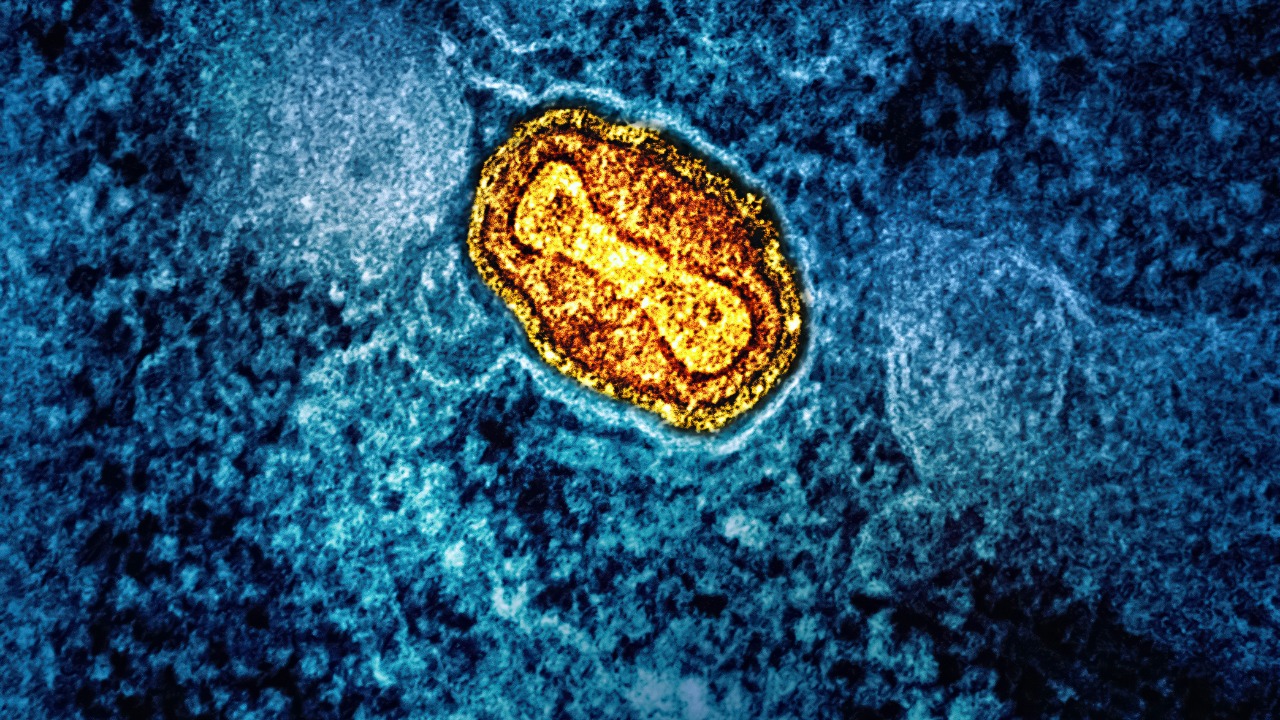
The scientific community is abuzz with the recent revival of an ancient virus, unearthed from the Siberian ice. The implications of this discovery have sparked significant debates about biosecurity, climate change, and the potential threats ancient viruses might pose to modern societies.
Unearthing the Past: The Discovery of Ancient Viruses

The discovery of the ancient virus in the Siberian permafrost was a groundbreaking event. This was made possible using advanced scientific methods, including molecular genetics and electron microscopy. These techniques allowed scientists to not only revive the virus but also study its structure and life cycle in detail.
This is not the first instance where ancient viruses have been discovered and revived. Previous findings include the 30,000-year-old Mollivirus sibericum and the 32,000-year-old Pithovirus sibericum, both also found in Siberian permafrost. These discoveries underline the potential of permafrost as a repository of ancient viral genomes, increasing our understanding of viral evolution and ecology.
The Threat of Ancient Viruses

Ancient viruses may pose a significant threat to modern societies due to their potential to cause diseases. Many of these viruses are believed to be extinct and have long since disappeared from human immune memory. As a result, modern populations could be highly susceptible to these ancient pathogens, leading to widespread outbreaks.
A study published by PubMed Central discusses the uncertainties surrounding ancient viruses. The article suggests that while some of these viruses might be harmless, others could potentially cause diseases in humans and animals. The lack of knowledge about these viruses adds a layer of uncertainty to the threat they pose.
Climate Change and the Release of Ancient Viruses

Climate change plays a critical role in the release of these ancient viruses. As global temperatures rise, permafrost across the polar regions is melting at an alarming rate. This melting process can potentially release trapped viruses, as was the case with the recent discovery in Siberia.
An article discussing the intersection of climate change and contagion illustrates the potential scale of this threat. It underscores the urgency of addressing climate change to prevent the potential release of dormant pathogens. Future models predict an increased rate of permafrost melting due to global warming, potentially leading to more cases of ancient virus revival.
Biosecurity Debates Sparked by the Revival of Ancient Viruses

The revival of ancient viruses has sparked numerous debates within the biosecurity community. Some argue that studying these viruses can provide valuable insights for present and future disease control. Others, however, caution against the potential risks and biosecurity concerns associated with reviving and studying these potentially harmful pathogens.
These debates often revolve around the benefits of scientific discovery versus the potential for biological threats. The discussion also emphasizes the need for stringent biosecurity measures to prevent accidental outbreaks during the study of these viruses.
The Role of Policy and Governance in Addressing Biosecurity Threats

The current state of international and national policies regarding biosecurity threats is a key point of discussion. Many argue that policy changes are needed to address the potential risks posed by ancient viruses. This might include the development of new containment protocols, increased funding for biosecurity research, or stricter regulations on the handling of ancient pathogens.
International cooperation and transparency in biosecurity governance also play crucial roles. In an increasingly globalized world, the potential threat of ancient viruses is not confined to a single region. A collaborative and transparent approach can help countries prepare for and mitigate potential outbreaks.
Future Directions and Research in Ancient Viruses and Biosecurity

Ongoing research into ancient viruses and their potential impacts is a significant focus for scientists worldwide. The importance of further research and funding in this field cannot be overstated. With deeper understanding of these ancient pathogens, we could potentially prepare for and prevent future outbreaks.
Studying ancient viruses also has other potential benefits. It can provide valuable insights into viral evolution, past climates, and the history of life on earth. For instance, the book “Viruses, Plagues, and History” discusses how studying ancient viruses can help us understand past epidemics and their impact on human history.